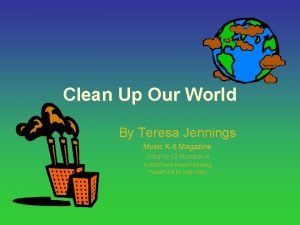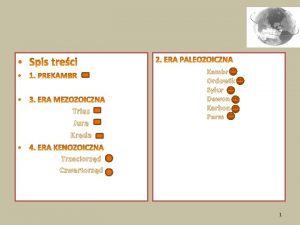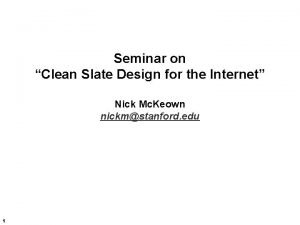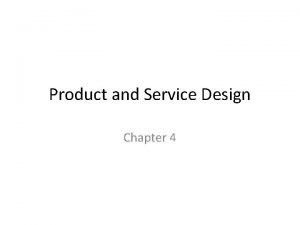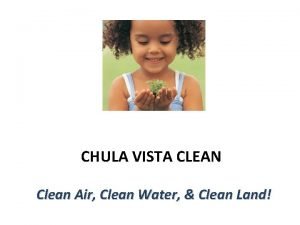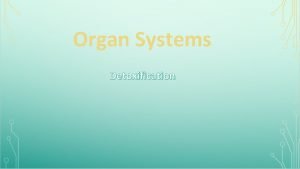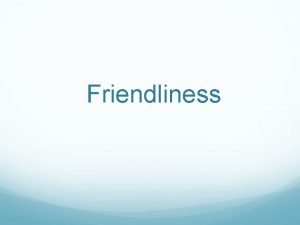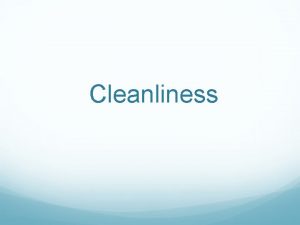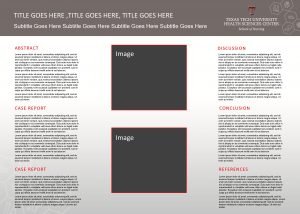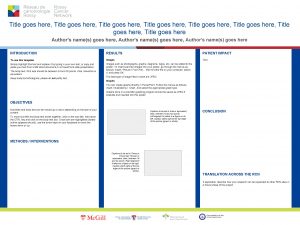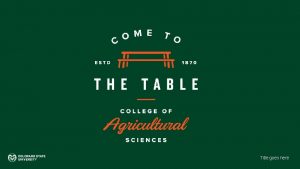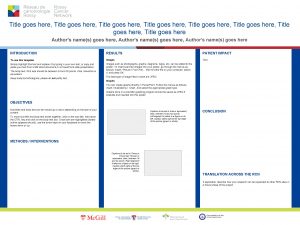Detoxification Clean Production Design Products Plus Goes handinhand












- Slides: 12

Detoxification & Clean Production Design & “Products Plus” Goes hand-in-hand with conserving and closing loops: Waste as Food Main problems rooted in the Epoch of Oil Knowledge & integration with nature Weak area of Industrial Ecology to date

Commoner’s Laws of Ecology (The Closing Circle, 1971) 1. Everything is connected to everything else. 2. Everything has to go somewhere (there is no such place as away). 3. Nature knows best. 4. There is no such thing as a free lunch; all debts are repaid.

Supplementary 5 th Law “If you don’t put a synthetic toxin into the environment, it isn’t there. ” the role of prevention (1990)

Current Regulation • Based on determining “safe” exposures and limiting releases to environment – Even where this makes sense, it’s commonly negated by economic growth • Chemicals innocent until proven guilty • Little attention to synergistic effects

Toxicity • intentional: pesticides, disinfectants, etc. – often a substitute for proper design: agriculture • not intentional, but due to functional properties or chemical structure that make them likely to be toxic • completely unrelated to function: to provide corrosion-resistance, pigmentation or flexibility. “products plus”

Clean Production • …promotes renewable energy, non toxic materials in a closed loop and sustainable product design • …rooted within circular concepts of the product life cycle • …based on the Precautionary Principle

Materials Flow Model (Geiser, 2001)

Industrial Material Groups (source: Geiser, 2001)

• Inherently toxic throughout its life cycle • The only chlorinated plastic • Petrochemical industry: the nexus of contemporary capitalism’s brown industry. – Chlorine: the nexus of the petrochemical industry. • Grew by replacing safer substances • Key struggle within the Green Building Councils

Strategies • Bans / phase-outs – precautionary principle • Product Stewardship: – EPR; Intell. Product System • 3 rd Party Certification: LEED • Toxics Use Reduction initiatives – TURI (Massachusetts) – corporate initiatives: Nike, SONY, etc. • Facilitation of alternative materials • Green Procurement • Building Codes

TURI Strategies for Substitution & Reduction • material substitution in the product – e. g. water- for oil- based paints • material substitution in the process – aqueous cleaning systems for chlorinated solvents • improvements in production efficiencies – automated temperature controls • improvements in process operations or maintenance • internal recycling or closed-loop processing

E-waste • e-waste
 Aboriginal detoxification of cycads chemistry
Aboriginal detoxification of cycads chemistry Pre-production adalah
Pre-production adalah Clean up everybody let's clean up
Clean up everybody let's clean up Functional products examples
Functional products examples Pepsi products vs coke products
Pepsi products vs coke products Plus haut plus loin que l'azur infini
Plus haut plus loin que l'azur infini Je contiens du sucre sans être sucré qui suis-je
Je contiens du sucre sans être sucré qui suis-je Jura trias kreda
Jura trias kreda Plus j'apprends plus je me rends compte de mon ignorance
Plus j'apprends plus je me rends compte de mon ignorance Clean slate design
Clean slate design What does product and service design do
What does product and service design do Types of process selection
Types of process selection Cidi labs design plus
Cidi labs design plus


